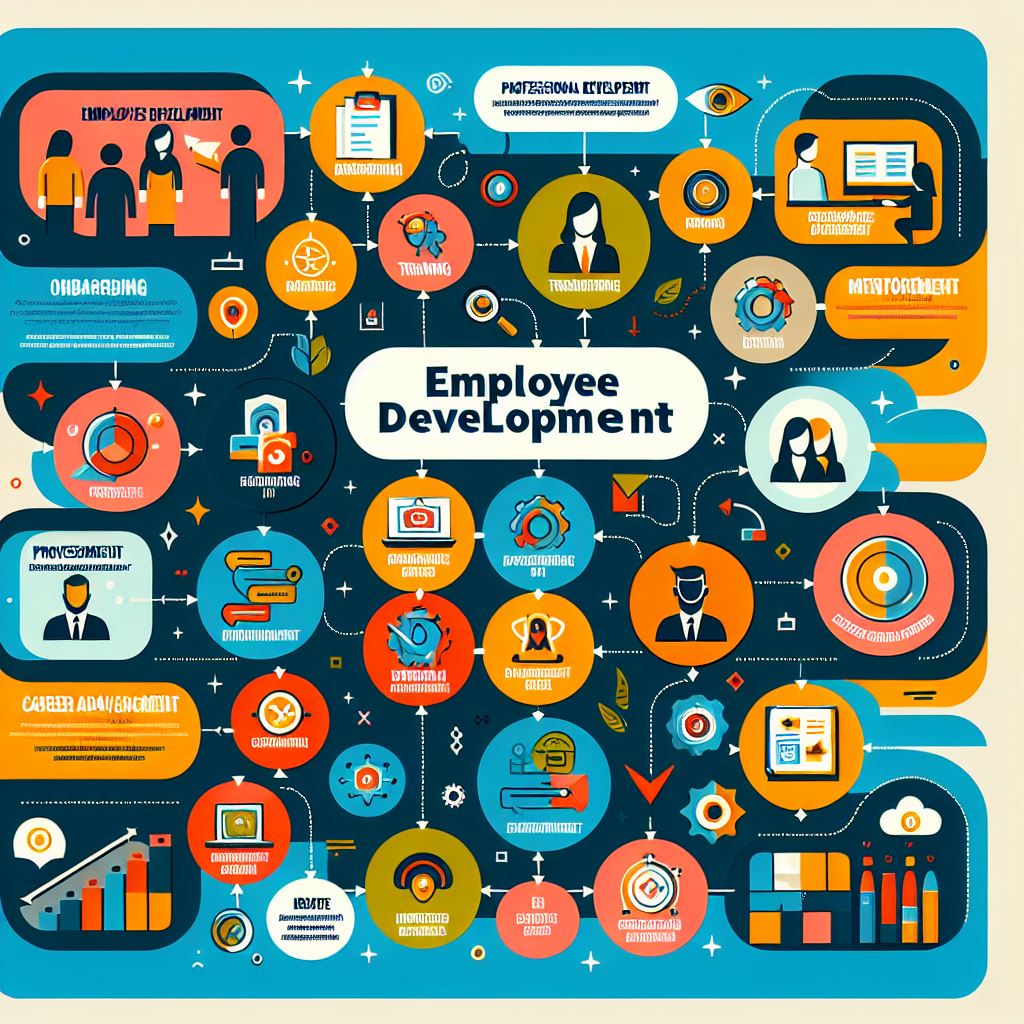As a manager or HR professional, you understand the importance of employee development plans. These plans help your team members grow professionally, improve their skills, and become more productive. However, creating a one-size-fits-all development plan can be ineffective. Every employee has unique needs, strengths, and weaknesses. That’s why it’s crucial to tailor development plans for every role.In this blog, we’ll discuss the benefits of employee development plans, the common pain points, and provide a step-by-step guide on how to create tailored plans for every role.
You must read this:
Secrets to Building an Inclusive Employee Development Framework
5 Practical Ways to Support Employee Skill Building
The Benefits of Employee Development Plans
Employee development plans offer numerous benefits for both employees and organizations. Some of the key advantages include:
- Improved job satisfaction: When employees feel that their organization is invested in their growth, they’re more likely to be satisfied with their job.
- Increased productivity: Development plans help employees improve their skills, which leads to better job performance and increased productivity.
- Reduced turnover: Employees who feel that their organization is committed to their development are less likely to leave.
- Better succession planning: Development plans help identify future leaders and prepare them for more significant roles.
Common Pain Points in Employee Development Planning
While employee development plans are essential, many organizations face challenges when creating and implementing them. Some common pain points include:
- Lack of resources: Many organizations struggle to allocate sufficient resources (time, budget, personnel) to create and implement development plans.
- Insufficient manager training: Managers may not have the necessary training or skills to create effective development plans.
- Limited employee engagement: Employees may not be engaged in the development planning process, leading to a lack of ownership and motivation.
- Difficulty in measuring progress: Organizations may struggle to measure the effectiveness of development plans, making it challenging to identify areas for improvement.
A Step-by-Step Guide to Creating Tailored Employee Development Plans
Creating tailored employee development plans requires a structured approach. Here’s a step-by-step guide to help you get started:
Step 1: Identify Employee Strengths and Weaknesses
The first step in creating a tailored development plan is to identify the employee’s strengths and weaknesses. This can be done through:
- Performance reviews: Analyze performance review data to identify areas of strength and weakness.
- 360-degree feedback: Collect feedback from colleagues, managers, and clients to gain a more comprehensive understanding of the employee’s strengths and weaknesses.
- Skills assessments: Use skills assessments to identify areas where the employee may need training or development.
Step 2: Set SMART Goals
Once you’ve identified the employee’s strengths and weaknesses, set SMART (Specific, Measurable, Achievable, Relevant, Time-bound) goals. These goals should be aligned with the organization’s overall objectives and the employee’s career aspirations.
Step 3: Create a Development Plan
With SMART goals in place, create a development plan that outlines the steps the employee will take to achieve their goals. This plan should include:
- Training and development opportunities: Identify training programs, workshops, or courses that will help the employee develop new skills.
- Mentorship: Pair the employee with a mentor who can provide guidance and support.
- Stretch assignments: Provide the employee with stretch assignments that challenge them to apply their new skills.
- Regular feedback: Schedule regular feedback sessions to monitor progress and provide constructive feedback.
Step 4: Implement and Monitor the Plan
Once the development plan is in place, implement it and monitor progress. This includes:
- Regular check-ins: Schedule regular check-ins with the employee to discuss progress, provide feedback, and make adjustments to the plan as needed.
- Progress tracking: Use metrics and benchmarks to track progress and measure the effectiveness of the development plan.
Step 5: Review and Revise the Plan
Finally, review and revise the development plan regularly. This includes:
- Annual reviews: Conduct annual reviews to assess progress, identify new areas for development, and revise the plan as needed.
- Ongoing feedback: Encourage ongoing feedback from the employee, managers, and peers to identify areas for improvement and make adjustments to the plan.

Conclusion
Employee development plans are a crucial tool for helping employees grow professionally and driving business success. By tailoring development plans to every role, you can address the unique needs and strengths of each employee, leading to improved job satisfaction, increased productivity, and reduced turnover. Remember to identify employee strengths and weaknesses, set SMART goals, create a development plan, implement and monitor the plan, and review and revise the plan regularly.
